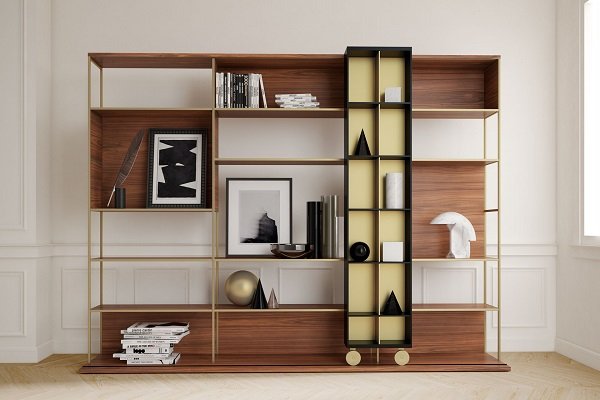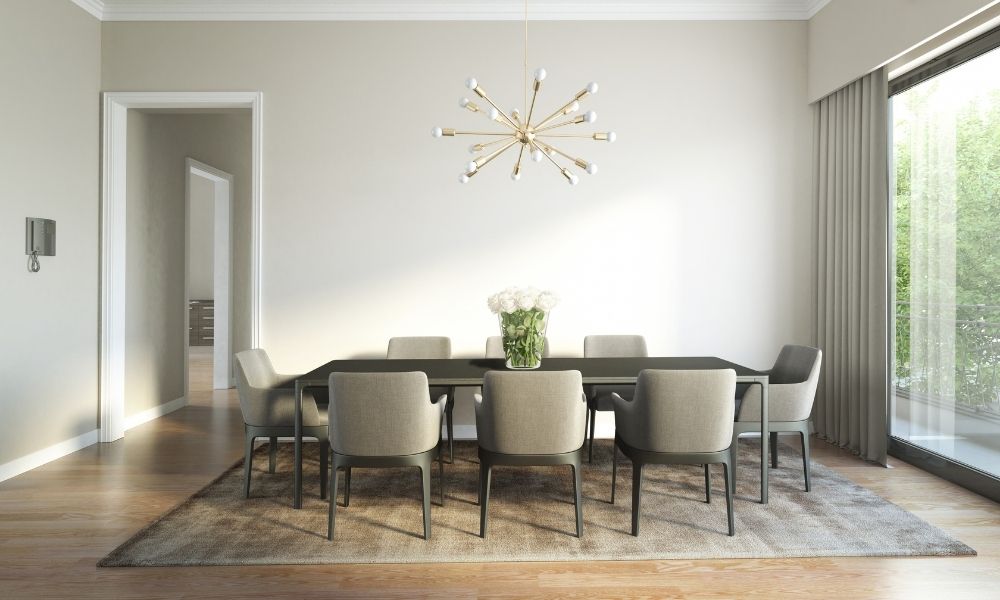Furniture design has come a long way since the ancient times. From the simple wooden stools of the early Egyptians to the complex and sophisticated designs of today’s furniture makers, furniture has evolved to reflect changing times, cultures, and styles.
Ancient Furniture Design
Ancient furniture design was largely influenced by the materials available at the time. The earliest furniture designs were made using simple tools and techniques, and were often crafted from natural materials such as wood, stone, and animal hides.
Ancient Egyptian furniture, for example, was characterized by its simple, geometric shapes and its use of precious materials such as gold and ivory. Wooden stools, chairs, and tables were common in Egyptian households, and were often decorated with intricate carvings and hieroglyphics.
Greek and Roman furniture design was more ornate and complex, with a focus on symmetry and proportion. Furniture was often made from expensive materials such as marble, bronze, and exotic woods, and was adorned with intricate carvings and decorations.
Medieval Furniture Design
The medieval period saw a shift towards more practical and utilitarian furniture designs. With the rise of feudalism, furniture became a symbol of wealth and status, and was often used to display the wealth and power of the ruling class.
Medieval furniture was typically made from oak or other sturdy woods, and was designed to be functional rather than decorative. Chairs and tables were often heavy and cumbersome, with little attention paid to aesthetics or comfort.
Renaissance Furniture Design
The Renaissance period marked a resurgence of interest in classical Greek and Roman design, and saw a return to more elaborate and ornate furniture designs. Furniture makers began to experiment with new materials and techniques, and furniture became more refined and sophisticated.
Renaissance furniture was characterized by its use of luxurious materials such as silk, velvet, and precious metals, as well as its intricate carvings and decorations. Chairs, tables, and cabinets were often adorned with ornate scrollwork, cherubs, and other decorative motifs.
Modern Furniture Design

The 20th century saw a dramatic shift in furniture design, with a focus on simplicity, function, and minimalism. Furniture designers such as Le Corbusier, Charles and Ray Eames, and Mies van der Rohe revolutionized the industry with their innovative use of materials and their emphasis on clean lines and simple forms.
Modern furniture design is characterized by its use of materials such as steel, glass, and plastic, as well as its emphasis on comfort and functionality. Chairs and sofas are designed to be comfortable and ergonomic, while tables and desks are designed to be practical and versatile.
The evolution of furniture design is a reflection of the changing times, cultures, and styles of each era. From the simple wooden stools of ancient Egypt to the sleek, modern designs of today, furniture has always been an important part of human culture and history.
- Ancient furniture design was influenced by the materials available at the time
- Medieval furniture was designed to be functional rather than decorative
- The Renaissance period saw a resurgence of interest in classical Greek and Roman design
- Modern furniture design is characterized by its simplicity, function, and minimalism




